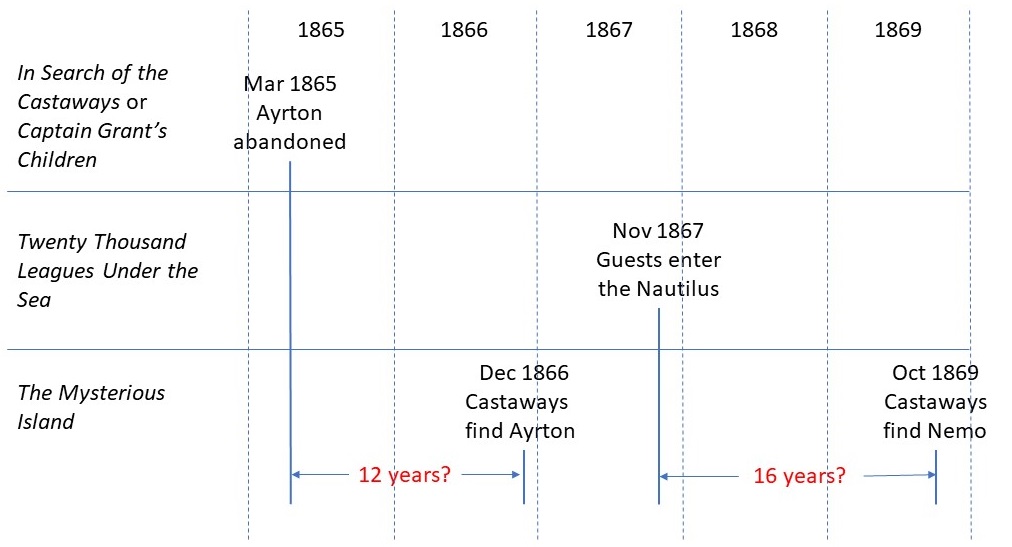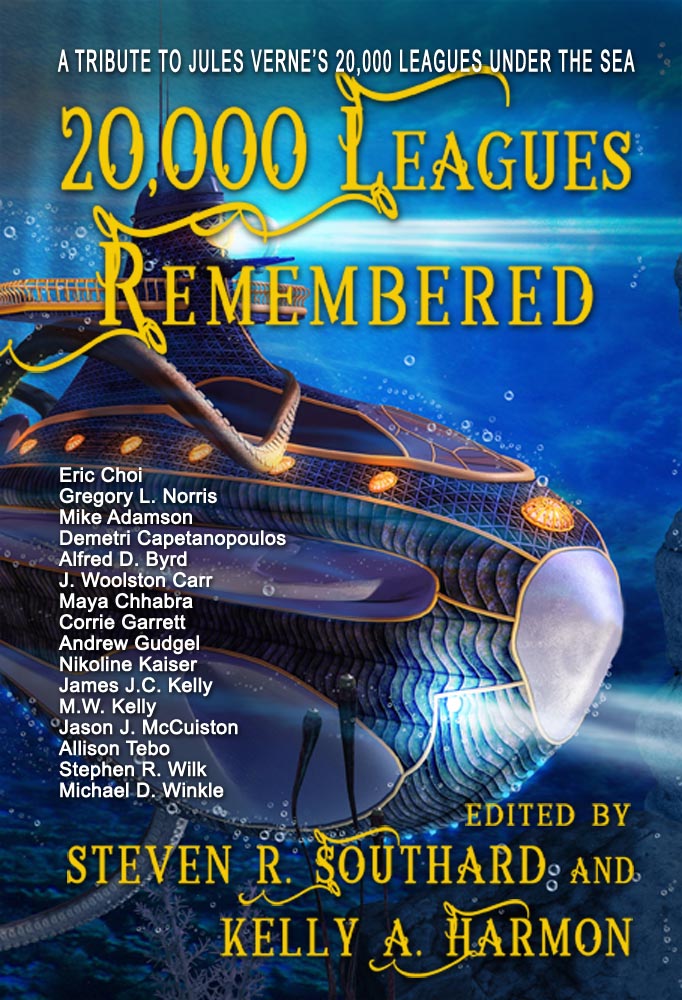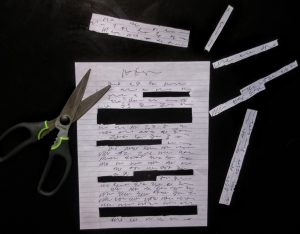Sometimes an author belatedly tries to force-fit two or more stories into the same world timeline, but it doesn’t work well. Just ask the creators of Star Trek, Star Wars, and the writers of just about any long-running comic book series.
Jules Verne tried to tie three of his novels together, recognized the chronological errors, attempted to explain them away, and ended up confusing things even more.

In Verne’s novel In Search of the Castaways (also called Captain Grant’s Children), the main characters abandon the traitorous Tom Ayrton on a deserted island in March 1865.
In the subsequent novel Twenty Thousand Leagues Under the Sea, three main characters are taken aboard the Nautilus in November 1867.
So far, so good. However, in The Mysterious Island, the castaways find Ayrton in December 1866. Ayrton states he was abandoned 12 years earlier, in March 1855. (Not just less than 2 years, as simple subtraction would indicate.)
Verne and his publisher included this footnote in the text:
The events which have just been briefly related are taken from a work which some of our readers have no doubt read, and which is entitled, Captain Grant’s Children. They will remark on this occasion, as well as later, some discrepancy in the dates; but later again, they will understand why the real dates were not at first given.
Thank you very much, Jules. That helps a lot.
Later in The Mysterious Island, in October 1869, the castaways come across Captain Nemo. He states it has been 16 years since the three guests came aboard the Nautilus. (It had been just shy of 2 years, but maybe time moves slower on that island.)
Again, Verne and his publisher included a footnote:
The history of Captain Nemo has, in fact, been published under the title of Twenty Thousand Leagues Under the Sea. Here, therefore, will apply the observation already made as to the adventures of Ayrton with regard to the discrepancy of dates. Readers should therefore refer to the note already published on this point.
Sooo, Jules, I think you’re saying you know you goofed up, and want your readers to know that you know. However, with two enigmatic footnotes that reference each other, you’re hoping we’ll accept that there’s some logical reason for these hopeless temporal contradictions.
It’s a strange attempt at chronological hand-waving, but we see what happened. Verne’s proclivity for including precise dates in his novels got the best of him. After publishing Captain Grant’s Children, he wished he had set that novel ten years earlier. That way, Ayrton would have been living alone for 12 years rather than 2, and more believably reduced to an uncivilized state.
Similarly, Verne needed a much older Captain Nemo in The Mysterious Island, an aged and lone survivor of his crew in 1869. Only then did Verne wish he’d not already written about a younger and energetic Nemo, and full crew, set in the years 1867-8.
He could have set The Mysterious Island further in the future, but he wanted his castaways to escape from a prison during the American Civil War, so that fixed his start date no later than 1865. He could have left his castaways on Lincoln Island a lot longer, say, 20 years rather than 4, but that’s stretching credibility.
If you had been Jules Verne and faced with these problems, how would you have solved them?
While you’re thinking about that, I can recommend a good book to read. 20,000 Leagues Remembered is a just-released anthology of 16 stories by modern authors, each tale inspired by…well, you can guess.
Verne wrote so many fine novels, he certainly can be pardoned for some botched stitch-up jobs. At least he’s forgiven by—
Poseidon’s Scribe


 Allow me to define what I mean by censorship. It’s the deliberate alteration of text, without the author’s permission, to make the story less offensive to the censor. This is not what a normal editor does. Editors collaborate with authors to correct errors, to make the book as good as it can be.
Allow me to define what I mean by censorship. It’s the deliberate alteration of text, without the author’s permission, to make the story less offensive to the censor. This is not what a normal editor does. Editors collaborate with authors to correct errors, to make the book as good as it can be.